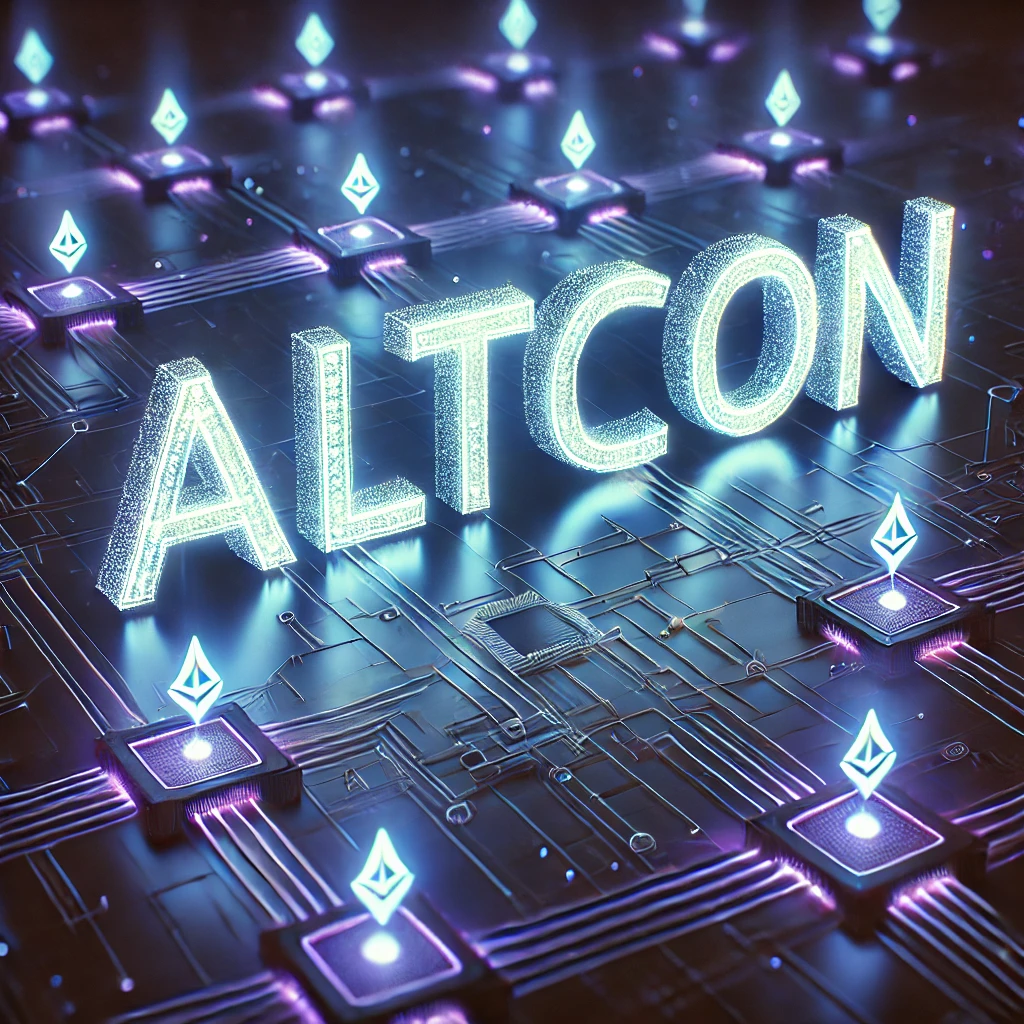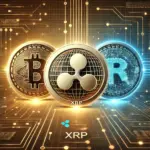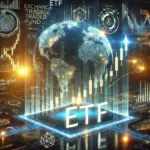LUNA and LUNC are cryptocurrencies associated with the South Korean blockchain project Terra, which once caused a significant disruption in the crypto market. This article provides a comprehensive overview of their creation, collapse, and current status.
The Birth of Terra and LUNA
The Terra project was founded in 2018 by Do Kwon and Daniel Shin, through their company Terraform Labs. Their goal was to create a stable and scalable digital payment system.
At the heart of this project were:
- TerraUSD (UST): An algorithmic stablecoin pegged to the U.S. dollar.
Current: USTC
- LUNA: The native token of the Terra ecosystem, designed to stabilize UST through a supply adjustment mechanism.
By 2021, Terra experienced rapid growth, and LUNA’s price soared. The project gained significant adoption in the DeFi (Decentralized Finance) sector, partnering with various payment platforms. At its peak, Terra was among the top-ranking cryptocurrencies by market capitalization.
May 2022 Collapse – UST Depeg and LUNA Crash
In May 2022, the Terra ecosystem suffered a catastrophic failure.
The Vulnerability of Algorithmic Stablecoins
UST was designed to maintain its $1 peg through an arbitrage mechanism with LUNA.
However, a sudden market shift caused UST to lose its peg, triggering a massive sell-off.
The Chain Reaction: UST and LUNA Collapse
As UST’s value dropped, LUNA’s supply increased exponentially to try and stabilize it.
This led to LUNA’s price plummeting by over 99%, wiping out billions in market value.
This event resulted in $60 billion in losses, impacting retail and institutional investors alike.
Do Kwon, as the project’s key figure, faced investigations by global financial authorities on charges of securities fraud and market manipulation.
The Birth of Terra 2.0 and the LUNA / LUNC Split
After the collapse, Terraform Labs and the Terra community attempted to revive the project. This led to the creation of Terra 2.0, splitting the blockchain into two versions:
1. Terra Classic (Old Chain) → LUNC (Luna Classic)
The original Terra blockchain was renamed “Terra Classic.”
The original LUNA token became LUNC (Luna Classic).
A burning mechanism was introduced to reduce the excessive supply of LUNC.
2. Terra 2.0 (New Chain) → LUNA (New LUNA)
A new blockchain was launched as Terra 2.0.
New LUNA tokens were airdropped to previous LUNA holders.
UST was abandoned, with the project shifting towards new developments.
Both chains continue to operate separately, evolving in different directions.
Current Status of LUNC and LUNA (As of March 2025)
LUNC (Luna Classic)
LUNC remains active within the community-driven Terra Classic ecosystem, with key initiatives focused on recovery.
1. Burning Mechanism
LUNC still has an oversupply due to its collapse, so a burning system is in place to gradually reduce circulation and stabilize its value.
2. Staking Incentives
The Terra Classic community is promoting staking to encourage long-term holding and reduce market volatility.
3. New Development Efforts
Various projects are being built on the Terra Classic blockchain, attempting to revive its ecosystem and restore user confidence.
LUNA (Terra 2.0)
The new LUNA token is separate from LUNC, focusing on new applications.
1. Integration with DeFi & NFTs
Terra 2.0 is working to expand into DeFi and NFT markets to re-establish itself as a useful blockchain.
2. Limited Price Recovery
Unlike the old LUNA, Terra 2.0 has not seen the same explosive growth, as investor trust remains weak.
3. Regulatory Challenges
Global regulators have imposed strict scrutiny on Terra-related projects, making expansion difficult.
Conclusion: What’s Next for LUNA / LUNC?
LUNA and LUNC represent one of the most dramatic failures and recoveries in cryptocurrency history.
LUNC is focusing on community-led revival, with efforts like burning and staking to increase its value.
LUNA (Terra 2.0) has rebranded, but struggles to regain its former dominance in the market.
While both tokens are still traded, investor confidence remains cautious. Moving forward, their future will depend on community efforts, regulatory developments, and their ability to deliver sustainable innovations.



